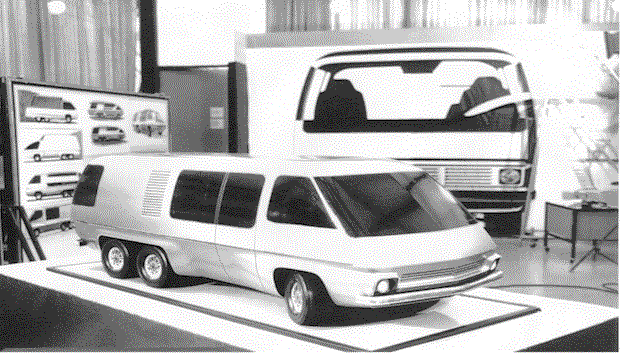
[Home]
[General Info]
[Tech Info]
[GMCnet]
[Resources & Links]
[Clubs & Rallies]
[FSBO]
[Gallery]
[Commodore's Cruiser]
[Commercial Advertising]
[What's New]
[Contact]
A Brief History of the GMC Motorhome
 |
This and other GMC Motorhome historial information can be found at the GMC Motorhomes International History Page. |

